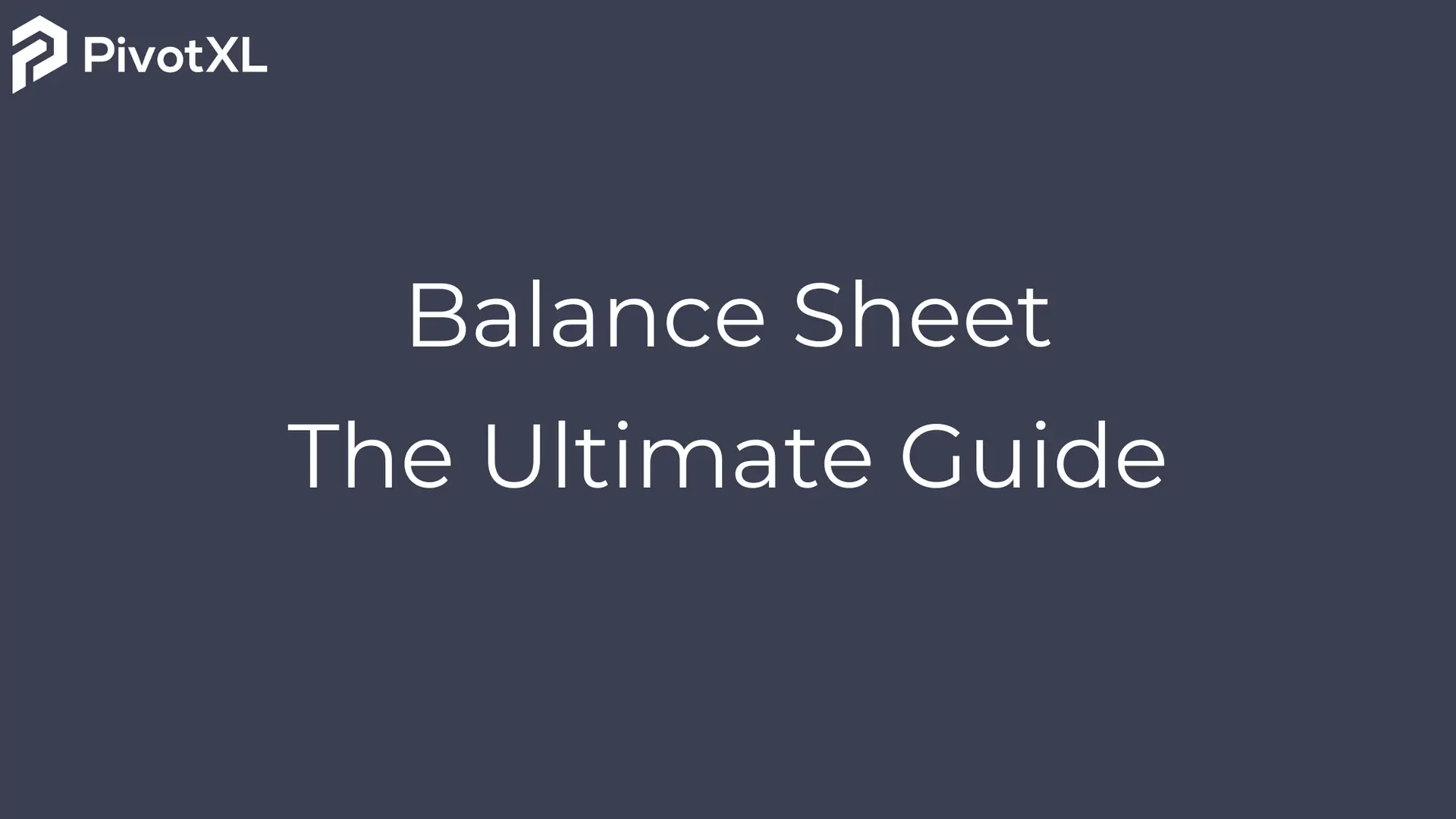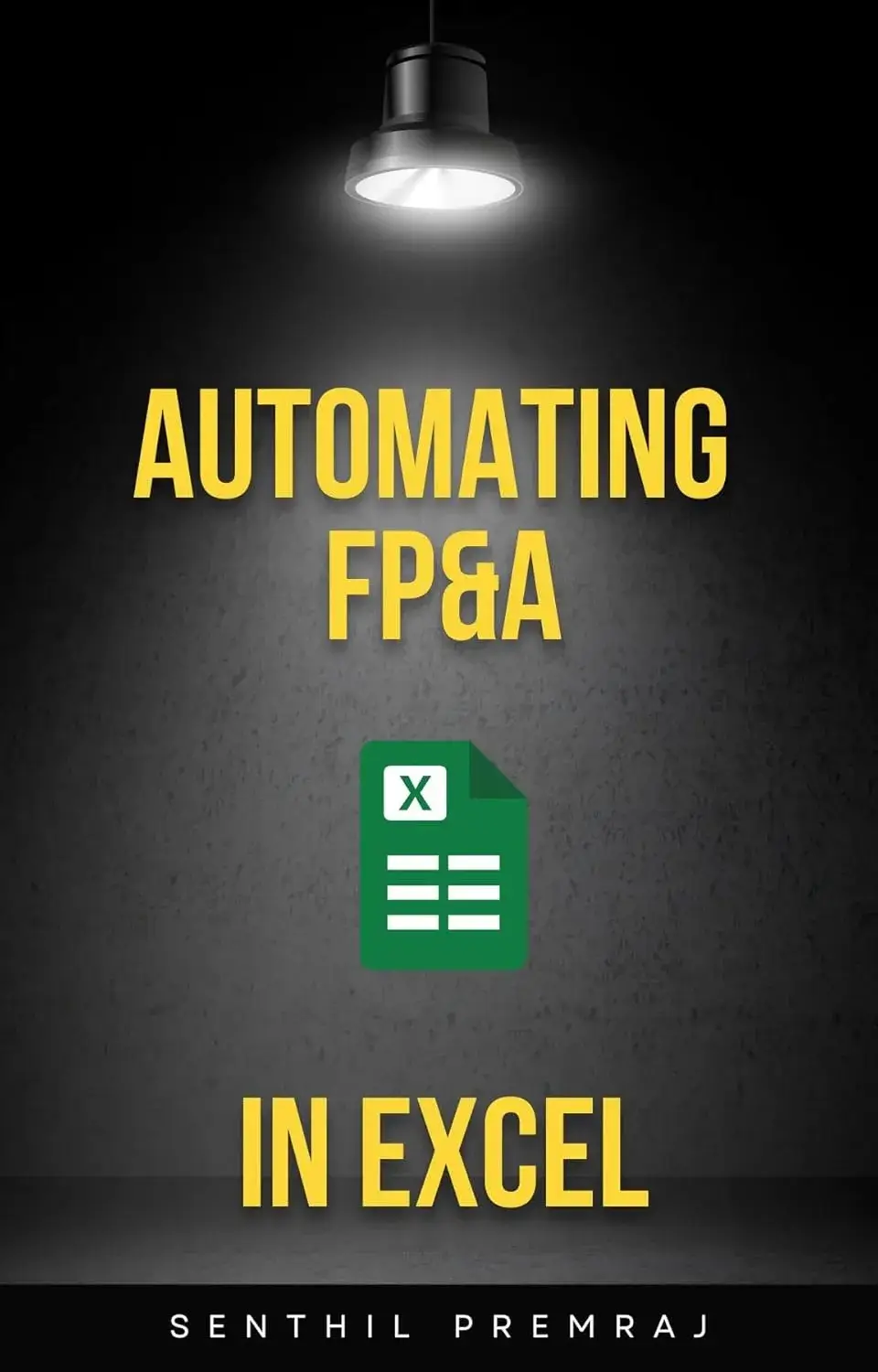A balance sheet is a crucial financial document that provides a snapshot of a company’s financial position at a specific point in time. It outlines what the business owns (assets), owes (liabilities), and the owner’s equity. Whether you’re a seasoned financial expert or a small business owner, understanding the components and purpose of a balance sheet is key to making informed decisions.
What Is a Balance Sheet?
A balance sheet, also known as the statement of financial position, is one of the core financial statements used by businesses and investors. It adheres to the formula:
Assets = Liabilities + Owner’s Equity
This equation ensures that the sheet “balances,” providing insights into the company’s financial health.
Key Components of a Balance Sheet
- Assets
- Current Assets: These include cash, accounts receivable, inventory, and other assets that can be converted to cash within a year.
- Non-Current Assets: These are long-term investments such as property, plant, equipment, and intangible assets like patents.
- Liabilities
- Current Liabilities: Obligations due within a year, such as accounts payable, short-term loans, and accrued expenses.
- Non-Current Liabilities: Long-term debts like bonds payable or lease obligations.
- Owner’s Equity
- This represents the residual interest in the assets of the company after deducting liabilities. It includes capital invested by the owners and retained earnings.
Why Is a Balance Sheets Important?
- Financial Stability: Helps in assessing the company’s financial standing.
- Investment Decisions: Investors use it to evaluate the risk and return potential of the business.
- Loan Approvals: Banks often require balance sheets to determine creditworthiness.
- Performance Tracking: It’s a critical tool for monitoring growth and identifying financial challenges.
How to Prepare a Balance Sheets
- List Your Assets: Categorize them into current and non-current.
- Record Liabilities: Differentiate between short-term and long-term liabilities.
- Calculate Owner’s Equity: Use the formula Equity = Assets – Liabilities.
- Ensure Balance: Confirm that your total assets equal the sum of liabilities and equity.
Conclusion
A well-prepared balance sheets is indispensable for understanding and managing your business’s financial health. By leveraging modern tools like PivotXL, you can enhance the accuracy, efficiency, and insights derived from your financial data. Whether you’re an entrepreneur or a CFO, mastering the balance sheet is a step toward sustainable financial success.




